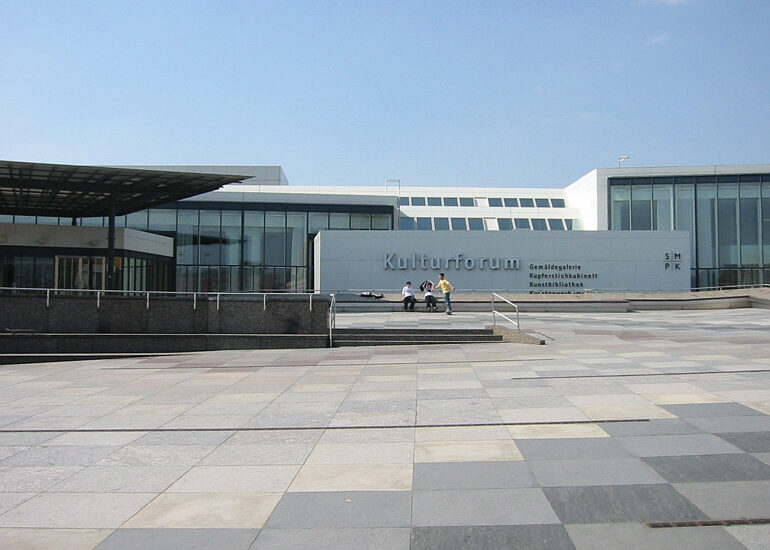Welcome to the Gemäldegalerie in Berlin, a treasure trove of European art that transports you through time, from the 13th to the 18th century. As you stand here, imagine yourself amidst masterpieces that have captured the essence of human creativity and expression for centuries. The Gemäldegalerie was founded in 1830 as part of the Royal Museum, now known as the Alte Nationalgalerie, by King Frederick William III of Prussia. It was established to house the royal art collection, which had been expanding since the 16th century.
Over the years, this collection grew exponentially, thanks in part to the efforts of influential figures like Wilhelm von Bode, a pivotal art historian and curator whose vision in the late 19th century helped shape the gallery’s identity. Von Bode’s passion for art and his strategic acquisitions greatly enriched the gallery’s holdings, making it one of the most prestigious in the world.
During World War II, the Gemäldegalerie, like many cultural institutions, faced significant challenges. The artworks were evacuated for protection, and the building suffered damage during the bombings of Berlin. In the post-war years, the gallery was divided between East and West Berlin, with parts of the collection housed separately until the fall of the Berlin Wall. It wasn’t until 1998 that the Gemäldegalerie reopened in its current location at the Kulturforum, a modern architectural complex that provides a stunning backdrop for these historical treasures.
One of the Gemäldegalerie’s most fascinating stories involves the collection of Sigismund Streit, a Berlin-born businessman who lived in Venice. In the 18th century, Streit began sending paintings back to Berlin to support the Berlinisches Gymnasium zum Grauen Kloster, his former school. His collection includes works by Canaletto, depicting vibrant Venetian festivals, and these pieces now reside at the Gemäldegalerie, offering a glimpse into the cultural exchange between Berlin and Venice during that era.
Today, the Gemäldegalerie is renowned for its extensive collection of masterpieces by artists such as Rembrandt, Rubens, and Vermeer. Walking through its halls, you can witness the evolution of European art, from the delicate brushstrokes of Botticelli’s religious scenes to the dramatic chiaroscuro of Caravaggio. Each piece tells a story, not just of the artist’s vision, but of the period’s socio-political and cultural dynamics.
The Gemäldegalerie’s significance goes beyond its art collection. It is a symbol of resilience and cultural continuity, having survived wars, political upheavals, and the division of a city. It stands today not only as a repository of art but as a testament to the enduring power of human creativity and the importance of preserving our cultural heritage. So as you explore, remember that each painting is a window into a different time, a different story, waiting to be discovered.






